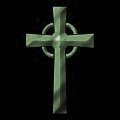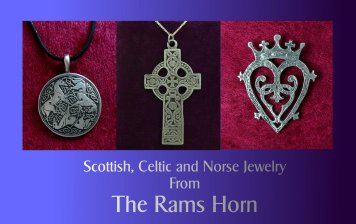HOME | home
Chautauqua Sleigh Rally | Maxwell's Thistledown Kennel | Roadsho Kennels | Beth's Iron Cooking Pages | Twa Corbies | Stedman Corners, NY | Maxwell Family | 7th Annual Jamestown Regional Celtic Festival | Boyle Family Page | Turlough Og O'Boyle | Barpa Langass | Saint Mary's Chapel | Chautauqua County | Photos of Chautauqua | Boyle'sPets | Beth Boyle's Rock Garden | More Garden Photos
Boyle Family Page
Dominus Providebit
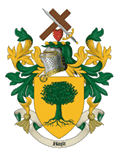
Michael E. Boyle
Birth: 1866 in Crawford Co., PA.
Death: 14 AUG 1929 in Crawford Co., PA
George Edgar Boyle
Birth: 1906 in Crawford Co., PA.
Death: 1979 in Crawford Co., PA.

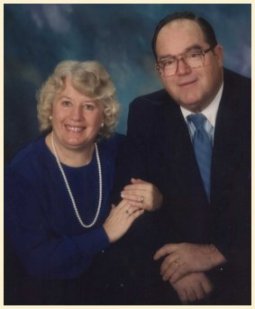
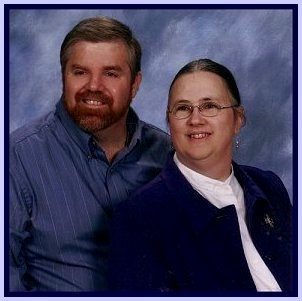
George M. Boyle and Sally H. Boyle James E. Boyle and Beth Maxwell Boyle
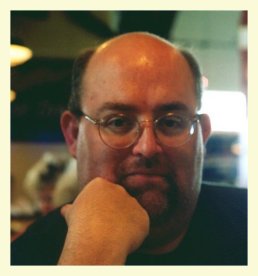
George Michael (Mick) Boyle Jr.
 Boyle Boyle  O’Baoill
The O’Boyles were chieftains in Donegal. Their stronghold was at Cloghineely, from where they ruled west Ulster with the neighbouring O’Donnells and O’Doughertys. Translated from the Irish, their name is thought to mean "having profitable pledges". Ballyweel, a town in Donegal, translated means "home of the O’Boyles".
Anther Boyle family which moved to Armagh about three hundred years ago had a castle at Desert until 1961, when they sold it. They also owned much territory in Derry.
The Boyle family which dominates history sprang from Richard Boyle, who came from England in the sixteenth century with little more than a sharp wit. His opportunity came by acquiring property belonging to the outlawed Irish, as well as ecclesiastical lands, and selling it to English adventurers. The historic Lismore Castle in Waterford, once his home, came to the present Dukes of Devonshire through a Boyle marriage. When Richard Boyle died in 1643 he was 1st Earl of Cork and had taken care that most of his fifteen clever children had married into titles. His most distinguished son, Robert Boyle, was untitled. He discovered the relationship concerning the compressoin and expansion of a gas at constant temperature, known as Boyle’s Law.
A great grandson, Richard, 3rd Earl of Burlington, introduced the fashion for Palladian architecture to England from Italy. Burlington House in London is a prime example.
Another descendant, Henry, Earl of Shannon, worked zealously for Ireland. As a member of the Dublin Parliament, he tried to block Ireland’s forced financial contributions to the British Crown. He was a great favorite with the people, but this move lost him all his high offices.
Richard Vicars Boyle, an engineer, went to India to build the railroads. He made history during the Indian mutiny, when, with only fifty men, he held out against three thousand rebels. He also helped in the building of the railways in Japan.
John J. Boyle, one of the Ulster Boyles, began life as a stonemason. After studying in Paris, he settled in New York, where he became famous for his gigantic groupings of statuary which include the Indian Family in Chicago and the statue of Commodore John Barry, the Irishman known as the "father of the American navy", which holds a prominent place in Washington DC.
William Boyle, a playwright from Dromisken, County Louth, wrote The Eloquent Dempsey, one of the earliest plays staged
at Dublin’s Abbey Theatre.
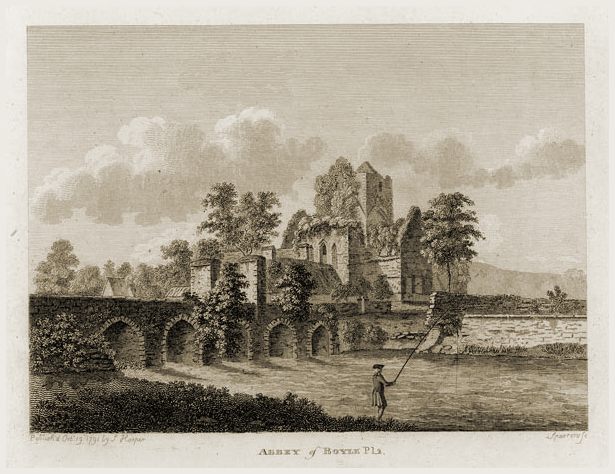 Boyle Abbey in the County of Roscommon
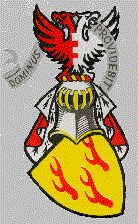 BOYLE, EARL OF GLASGOW
The Norman town of Beauville near Caen is the origin of this name. David de Boivil appears as a
witness to a charter as early as 1164, and Richard de Boyville held the lands of Kelburn in Ayrshire
around 1275. Henry de Boyville was keeper of the Castles of Dumfries, Wigtown and Kirkcudbright
around 1291. Richard and Robert de Boyvil appear on the Ragman Roll of barons submitting to
Edward I of England in 1296. Richard Boyle married Marjory, daughter of Sir Robert Comyn of
Rowallan. Six generations later his descendent, John Boyle, was a supporter of James III, and was
killed at the Battle of Sauchieburn in 1488.
The family lands were forfeited, but his son, John, obtained their restoration when James IV once
more established royal government. The family extended their holdings by successful marriages. The
Boyles who settled in Ireland rose to become the powerful Earls of Cork, and are believed to
descend from the same stock as the house of Kelburn.
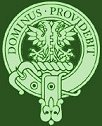 The Boyles supported the cause of Mary, Queen of Scots, and later that of Charles I, suffering many hardships as a result. The
family fortunes were restored when John Boyle of Kelburn was elected as a Commissioner of Parliament in 1681. His eldest
son David, also became a Commissioner of Parliament and a Privy Councillor. He was raised to the Peerage as Lord Boyle of
Kelburn in 1699, and was advanced to the title of Earl of Glasgow in 1703. He was one of the commissioners for the Treaty of
Union with England, and in 1706 was appointed Lord High Commissioner to the General Assembly of the Church of Scotland.
In a reversal of his families support of the Stuarts he strongly supported the Hanoverian cause, and when the standard of the
’Old Pretender’ was raised in 1715 he raised and armed troops at his own expense. Lady Jean, daughter of the first Earl,
married Sir James Campbell who fought at Fontenoy, but died of wounds he received. Their son succeded to the Campbell
earldom of Loudoun in 1792.
The family continued to produce many fine soldiers lawyers and officials but when the fifth Earl died he was secceeded by his
half-brother, the Hon. George Frederick Boyle. The succession of the sixth Earl was a catastrophe for the family fortunes. He
bankrupted the entire estate and, in 1888, all his assets were put up for sale. Kelburn itself was only saved by the intervention
of his cousin, later the seventh Earl.
The seventh Earl succeeded his cousin in 1890, and was additionally created Baron Fairlie of Fairlie in the peerage of the
United Kingdom in 1897. This was to ensure him a seat in the House of Lords, as at that time only a limited number of Scottish
peers could sit there. Elected by their fellow peers, they were known as representative peers. This system is no longer in
operation.
The present head of the family and chief of the name tenth Earl of Glasgow still resides at Kelburn Castle near Fairlie in Ayrshire, on the lands held by his family since the thirteenth century.
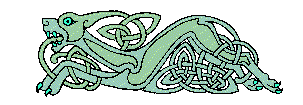 |
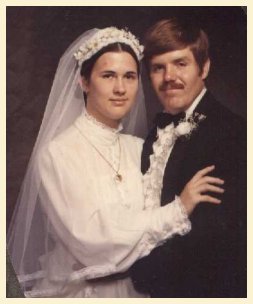
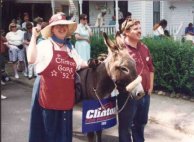
Jim and Beth 1980 and 1992
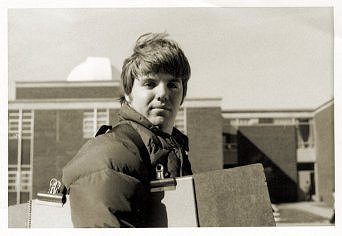
James E. Boyle 1977
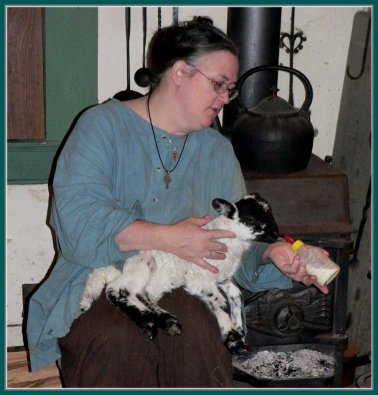
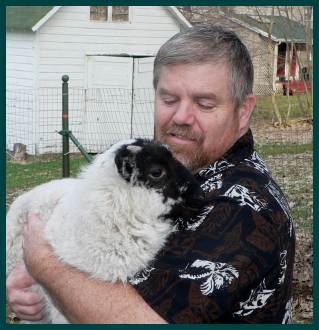
Beth and Jim 2006

George Michael Boyle Sr.

My Charming Edward Boyle
Traditional
You tender hearted maidens of the high and low degree
Likewise you wounded lovers, come sympathize with me
Whilst here I am bewailing the youth whom I adore
That is now going from my arms bound for Columbia's shore.
In the time I well remember, it was in the month of May
When flora's flowing mantle bedecked the meadows gay
The fields were decorated, oh nature seemed to smile
It was there I parted with my own true love, my charming Edward Boyle
His friends and relations they then him did convey
To Belfast town of high reknown until they reachd the Quay
With courage bound, he did set sail and he left that shamrock shore
All joys be with you Edward Boyle, will I never see you more?
In the county of Fermanagh, in the Parish of Rosslae
The lands of ? in the mountains of Troybay
He was reared by honest parents who did together toil
But sure now their sunken sorrows for the loss of their Edward Boyle
This country has grown lonesome since young Edward went away
He was the pride of the college and how sweet his flute could play
His comrades all both great and small swear they'd leave the soil
In hopes once more on Columbia's shore to meet young Edward Boyle
Now to conclude and finish, young men and maids be true
May you never part for riches great as some false lovers do
For if I possessed of the universe St. Patick's blessed isle
I would part it o'er and ten times more for one glimpse of you Edward Boyle.
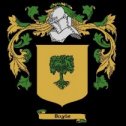 O'BOYLE, BOYLE SURNAME HISTORY
by Arthur Spears
This name is said by McLysaght to mean ‘having profitable pledges’. The septs territory originally covered from Donegal Town right around to Kilmacreannan along the west coast. They became gradually isolated by the territory splitting up into Tir Ainmireach (about Ardara) at one corner and the Three Tuatha at the end opposite (about Falcarragh and lords, filling in the area between. The O’Donnell’s squeezed them even further in the fourteenth century when they were introducing their gallowglass supporters the McSweeneys. While never actually being fully Ainmireach. This area they called Boylagh or ‘O’Boyles Country’. Even O’Boyles nevertheless retained their traditional chieftain’s inauguration place at Dunkineely. They also held on to a small castle near Donegal Town. Their principal seat was at Loughros near Ardara.
During the sixteenth century the O’Boyles were involved in a great contention for their sept’s chieftainship. The numbers of descendants of Turlogh O’Boyle who were killed over a few generations was dreadful. It was only with the coming of the great Ulster Plantation that it came to an found everywhere in County Donegal but more concentrated in the areas of (to which all names congregate!) but also in its various forms in Scotland, America and Australia where emigrants brought it. Its usual anglicised form, Boyle, derives from the Great Earl of Cork, Robert Boyle, who planted vast areas of County Cork in the sixteenth century. This form is entirely Anglo-Saxon in origin. It has influenced the dropping of the O which is now quite infrequent. There are, of course, other forms,indeed may each have different derivations.
Dominus Providebit
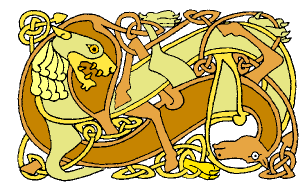 |

Boyle Links
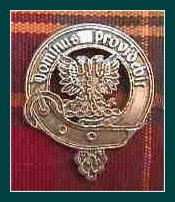
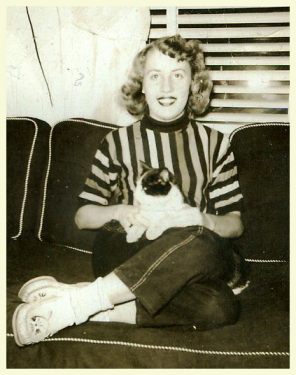

This Page is in Loving Memory of George and Sally Boyle

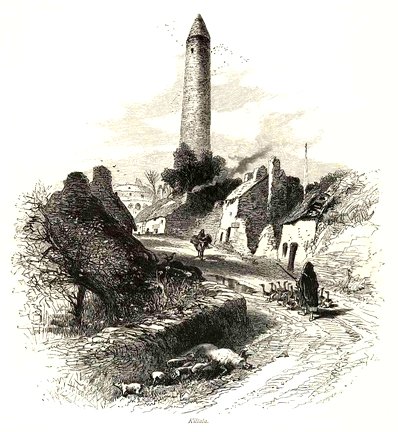
For the Best Scotch Pies visit
Name : Boghall Butchers
Contact : Paul Boyle
Address : 65 Margaret Avenue
: Boghall
Town : BATHGATE
County : LOTHIAN
Postcode : EH48 1SN
Tel : 01506 630178

copyright 2002 , Jim & Beth Boyle, All Rights Reserved
No part of this website may be used for any purpose ( including using images ) without written consent from The Rams Horn

